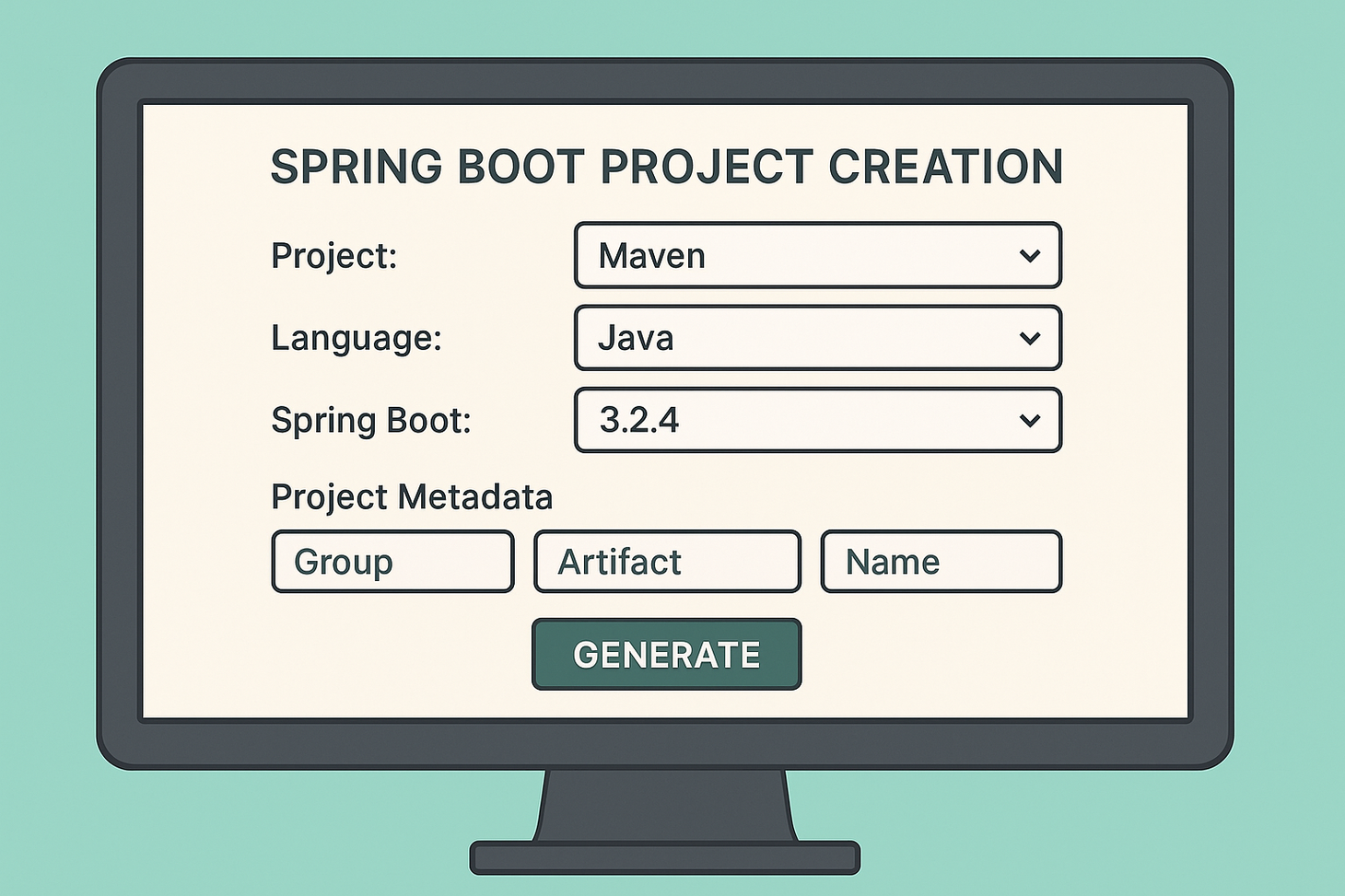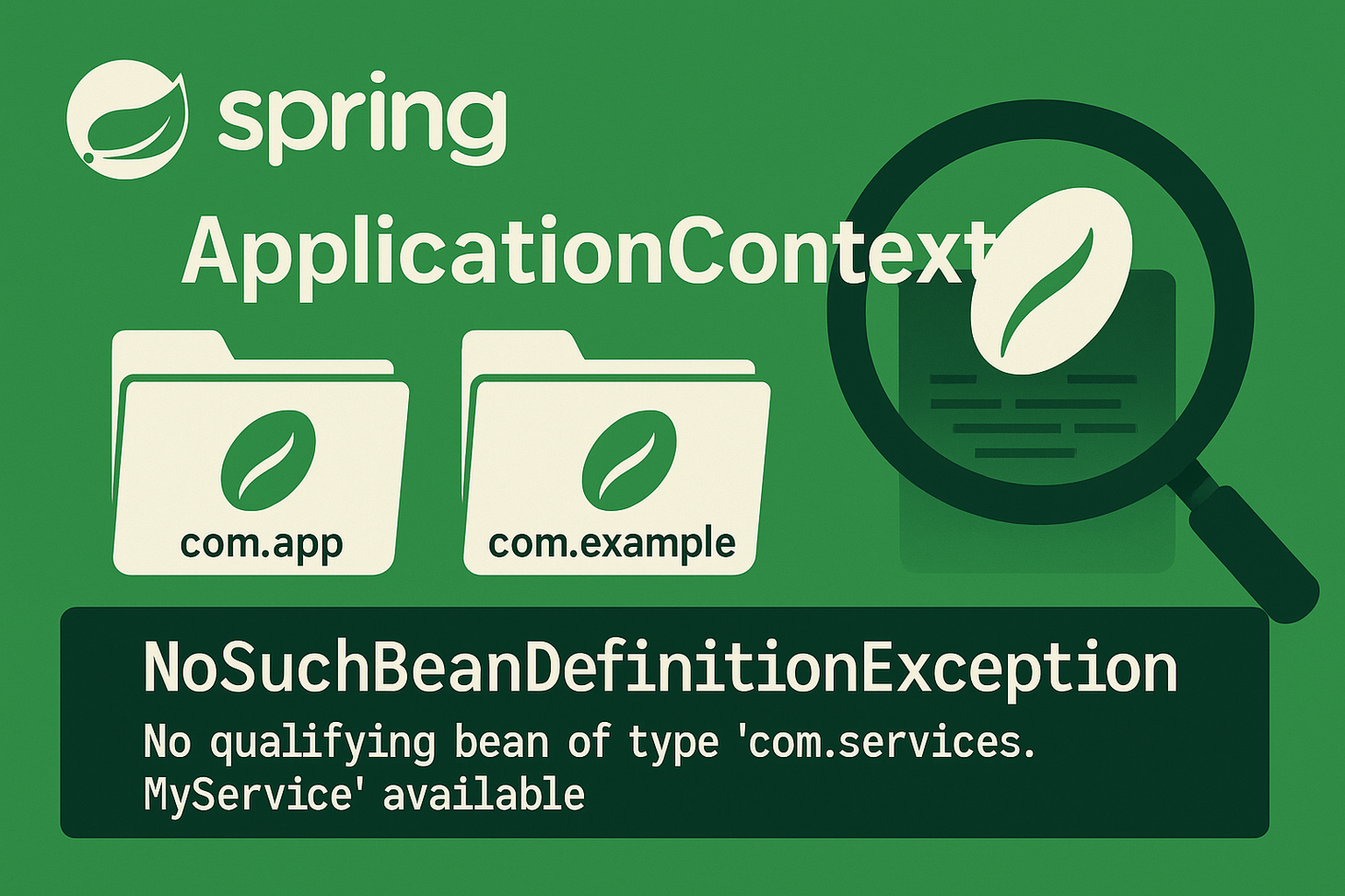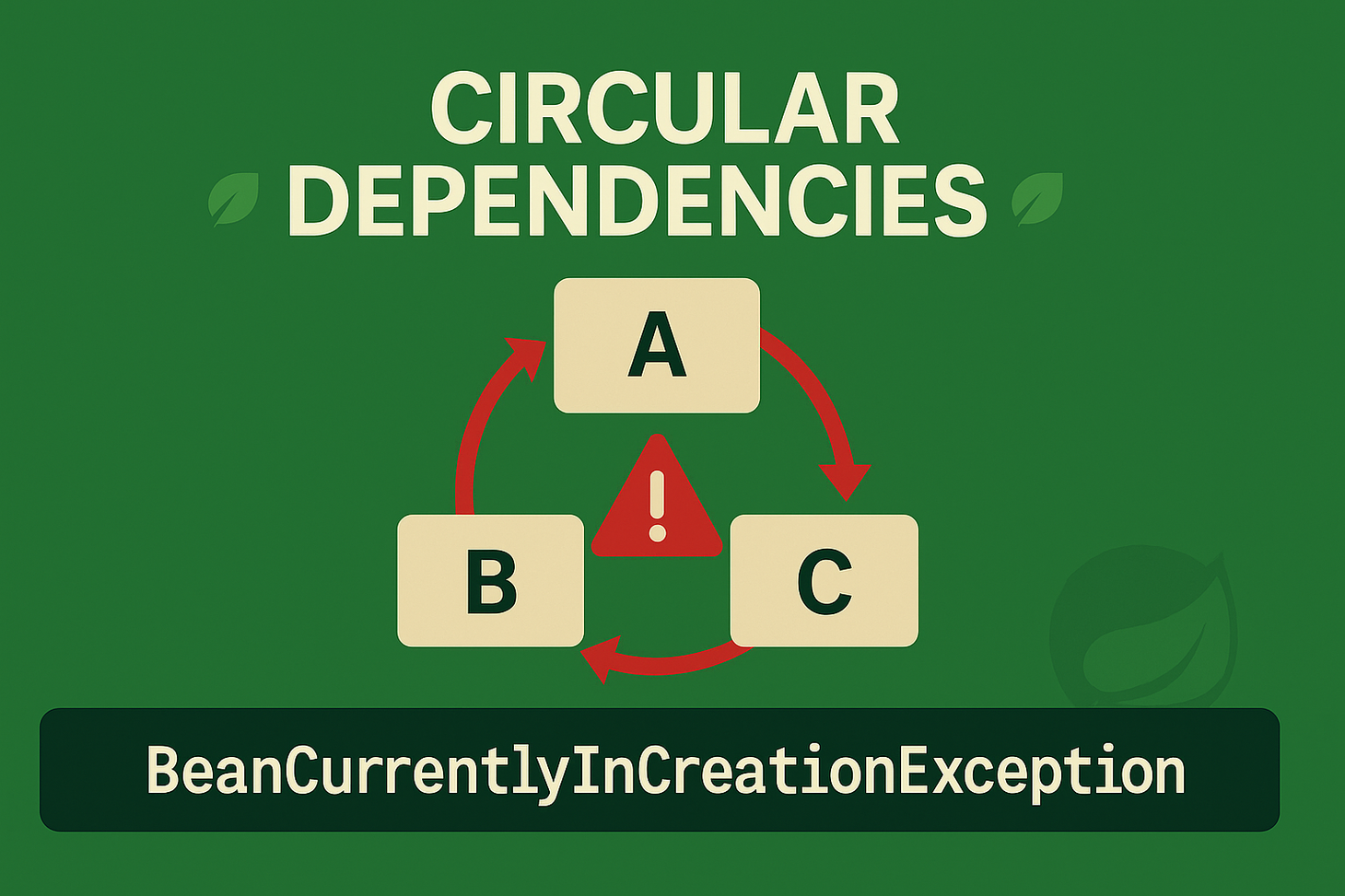Java
Java is both a programming language and a platform. Java's WRITE ONCE and RUN ANYWHERE is just too strong. Java is sleeker, faster, and much more powerful today.
Spring Boot Hello World Tutorial with Lombok and H2 Database – Quick Start for Beginners
Learn how to create a Hello World Spring Boot application using Lombok for cleaner code and the H2 in-memory database for rapid development. This step-by-step guide includes annotations, project setup, REST API, H2 console access, and more to kickstart your Spring Boot journey.

NoSuchBeanDefinitionException: The Most Common Spring Bean Error
Learn how to fix NoSuchBeanDefinitionException in Spring Boot with clear examples and best practices for dependency injection, package scanning, and bean registration.

Differences Between JDK, JRE, and JVM?
Short answer JDK, JRE, and JVM are essential components of the Java platform, each serving a distinct purpose. Here are the key differences between them: 1. JDK (Java Development Kit): The JDK is used by developers to write, compile, and debug Java code. 2. JRE (Java Runtime Environment): End-users use
Difference Between String and char[] in Java
Short answer Strings String is an object with many helpful methods. String class in Java's standard library is designed to handle text as a sequence of characters. A string of characters (string object) is non-modifiable or immutable in Java. Once you've created it, you cannot modify
What is an Object class in Java?
Short answer Object class is the super class of every class you can create. In Java, a class extends another class using the keyword extends. If you don't have any other class to extend, that's fine. The compiler will make your class extend the Object class.
What is the JVM? With Sketches and Examples
Short answer JVM stands for Java Virtual Machine. JVM is a virtual machine( a piece of software) that executes Java bytecode. It provides a runtime environment for executing Java applications. The above sketch explains how the same bytecode is run across multiple virtual machines on different operating systems. If someone
What Are Wrapper Classes in Java?
This is the most asked interview question! Why do we use wrapper classes to store data for a model class instead of primitives? What are wrapper classes? Primitive wrappers, also known as wrapper classes, are a set of classes in Java that provide an object representation for the primitive data
How To Convert String To Integer in Java?
In Java, you can convert a String to a Integer object using valueOf(...) method provided by Integer wrapper. Before diving into String to Integer conversions, if you want to catch up on the basics of primitives and String to int conversions, please check the additional resources section. String to Integer
How To Convert String To int in Java?
In Java, you can convert a String to a int primitive type using various methods provided by the Java standard library. Before diving into String conversion to primitive types. If you want to catch up on the basics of primitives, please check the additional resources section. To convert a Java
